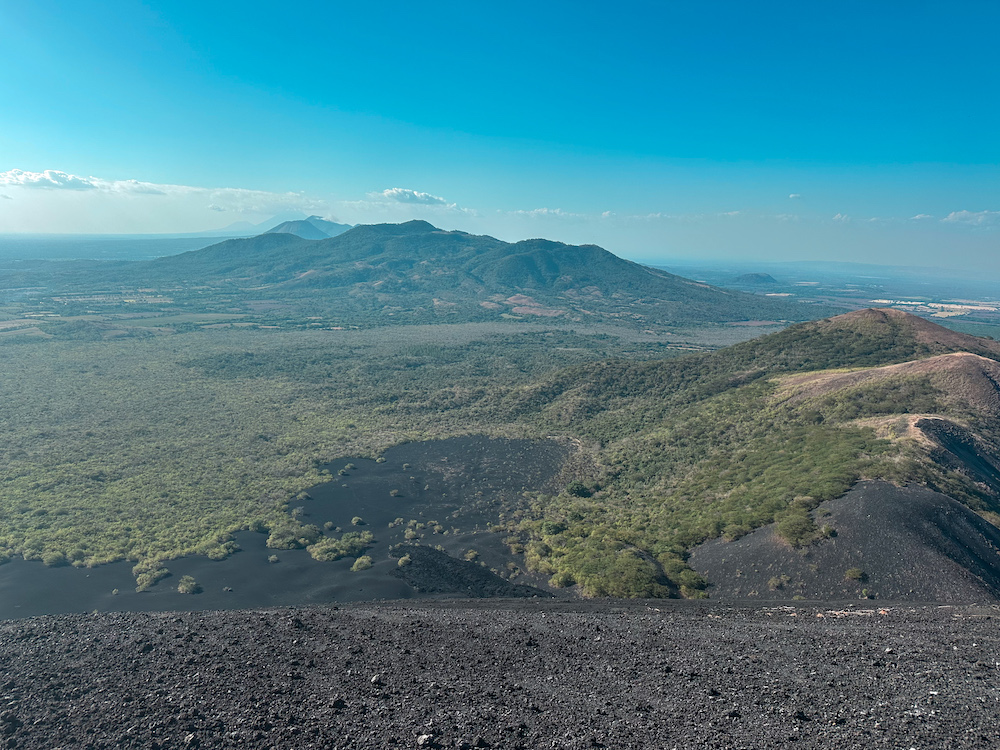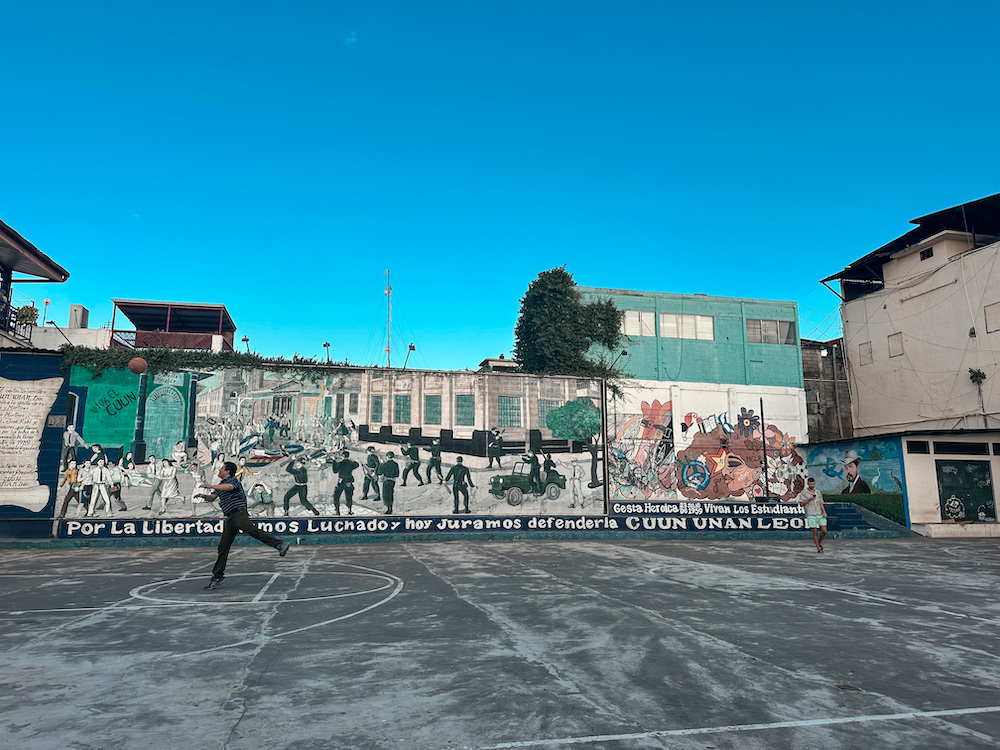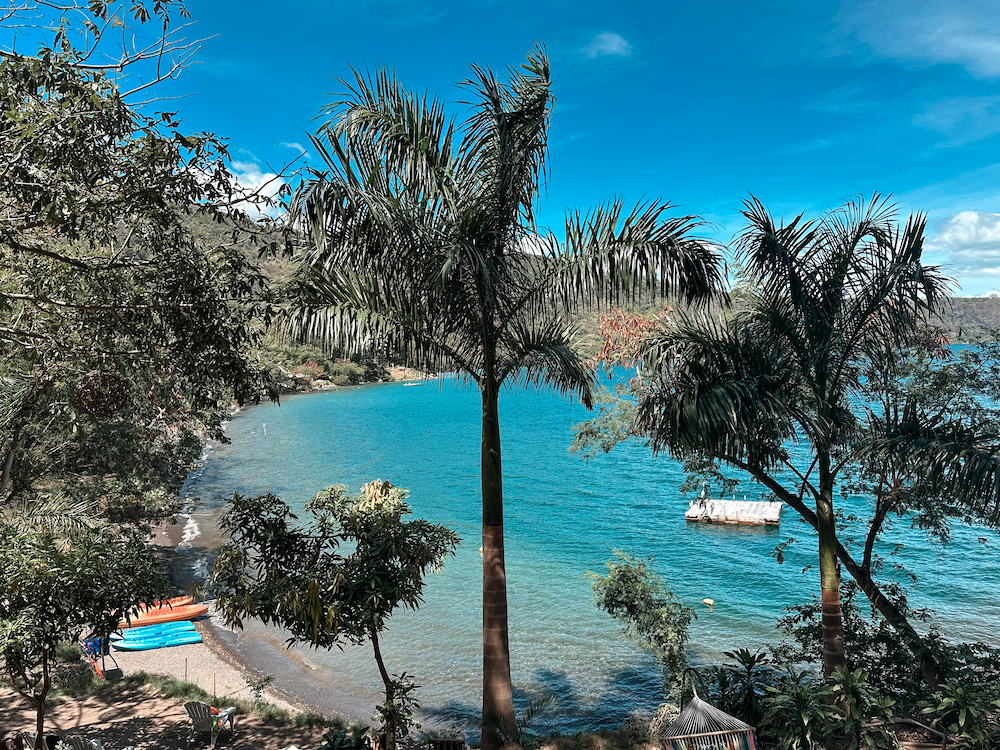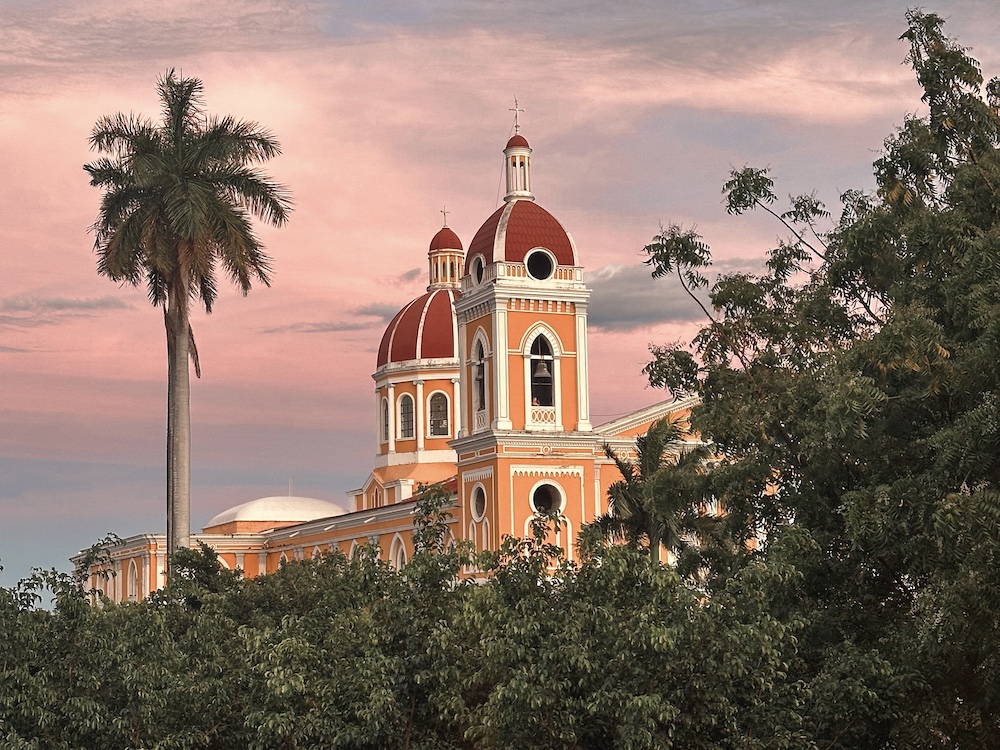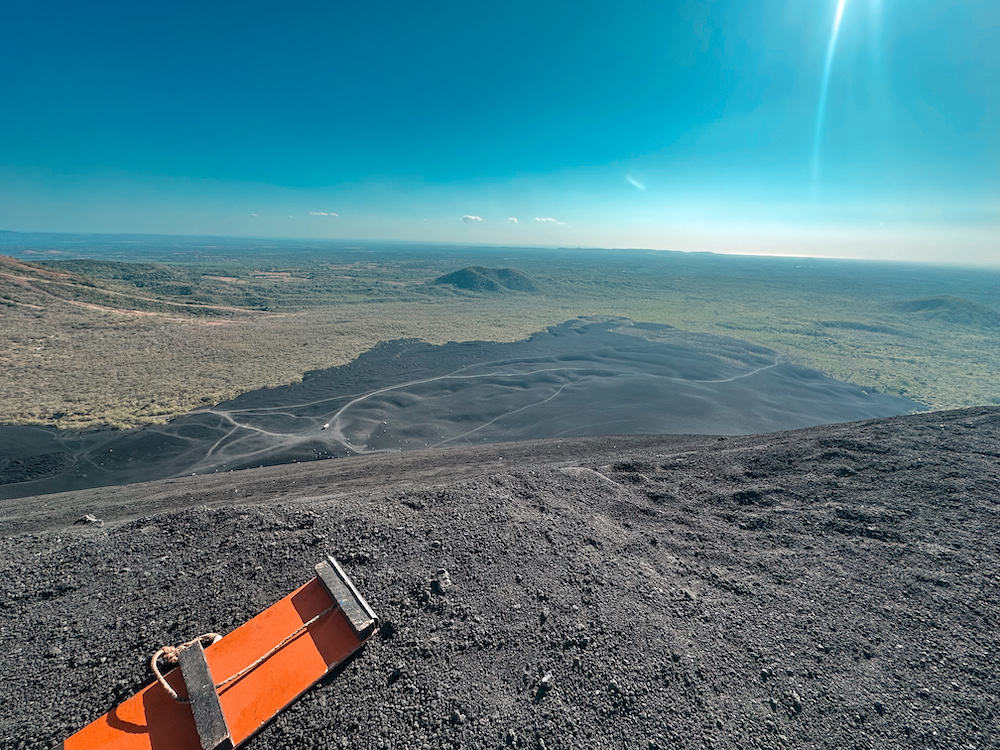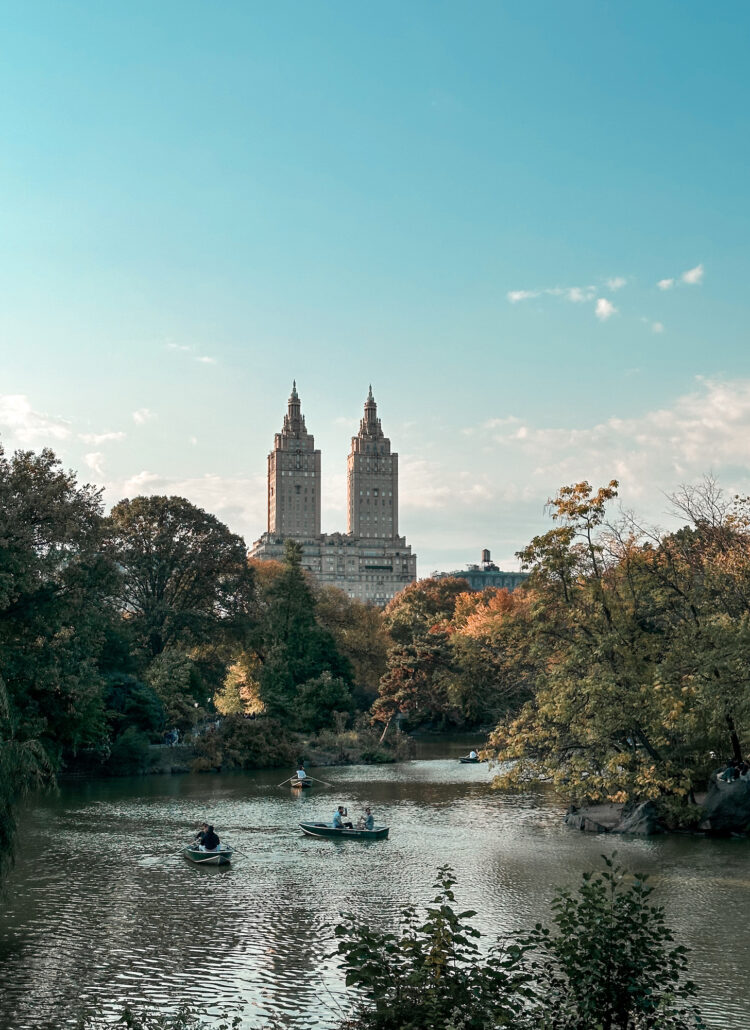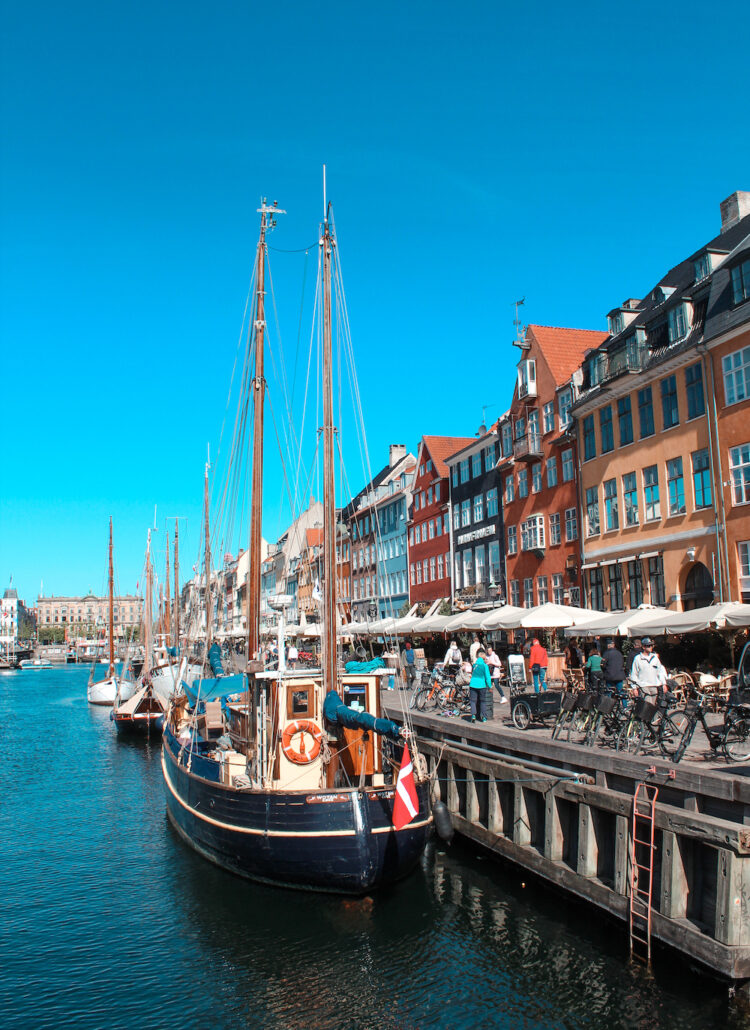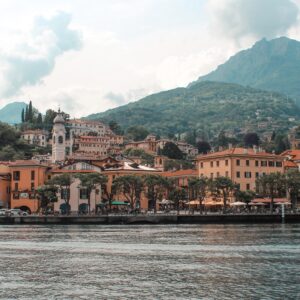Is Nicaragua Safe for Solo Female Travelers?
Is Nicaragua safe for solo female travelers?
I’ve traveled to every country in Central America as a solo female travelers, including several weeks spent in Nicaragua, and I’m here to answer the question of whether or not it’s safe.
Nicaragua is a beautiful country, with breathtaking beaches, jaw-dropping volcanoes, stunning lakes, and charming yet gritty colonial towns. But is it a safe destination for solo female travelers?
Nicaragua, and Central America as a whole, can get a bad rap for being “dangerous.” However, the truth is that this country (and the rest of Central America) can be safe and enjoyable for solo female travelers.
Here’s what you need to know when it coms to safety in Nicaragua:
Is Nicaragua a Safe Destination?
Overall, Nicaragua is very safe for travelers as long as you use common sense.
While neighboring Costa Rica ranks as the safest country in Central America, Nicaragua is also quite safe for travelers. But many people hear “Nicaragua” and think of violence and unrest.
You might be aware of the Nicaraguan Revolution, which began in the 1970s and lasted for several decades. This is a big part of the country’s history, but the widespread violence ended long ago.
More recently, there was a large amount of civil unrest and protests in 2018, which led to violence and suppression from the authoritarian government of Nicaragua. This heavily impacted tourism at the time, although things are back to normal now. It’s important to note that Nicaragua is a dictatorship though.
This isn’t going to affect the average tourist visiting the country (most of the repercussions are felt by the people living in Nicaragua) but it’s something important to be aware of before you visit.
Aside from that, Nicaragua can be a very safe destination for travelers as long as you exercise common sense. It’s not a country with an extremely developed tourism industry like Costa Rica, so it’s definitely better suited for more adventurous travelers, but there is a well-established backpacker trail here.
Solo Female Travel in Nicaragua
As a solo female traveler in Nicaragua, I didn’t have any major issues while traveling through the country. I met tons of other solo female travelers in Nicaragua as well and everyone was loving it.
Like I just mentioned above, there is a well-trodden path that most backpackers follow in Nicaragua, including the colonial cities of Leon and Granada, the island of Ometepe, and the Pacific Coast beach towns of Popoyo and San Juan del Sur. Some people also opt to check out the Corn Islands on the Caribbean Coast.
Because of this, it’s very easy to meet other travelers and make friends. I kept running into the same people during my weeks in Nicaragua, so you don’t have to feel lonely, even as a solo traveler.
It’s very easy to book tours, activities, and shuttles between destinations around the country. Even though Nicaragua can be a little rough around the edges, I found it quite easy to travel in.
The only issue I had with Nicaragua was street harassment. It was honestly worse here compared to any other country I’ve been to in Central America, especially in Granada and San Juan del Sur.
I could barely walk outside without being catcalled and harassed. I always ignored it and kept walking, which would sometimes result in an extra nasty comment, but it wouldn’t escalate further. While this was extremely annoying and made me uncomfortable, it didn’t make me feel particularly unsafe.
Here are some more solo female travel safety tips for Nicaragua:
1. Don’t walk alone at night.
In general, it’s a good idea to avoid walking alone at night in Nicaragua. The only time I did it was if it it was just a couple of blocks down a well-lit and lively street to get back to my hotel.
I always followed the “safety in numbers” rule and didn’t walk back alone at night if it was more than a few blocks. Even in larger towns, some streets can get very quiet and desolate at night.
It’s just a smart idea to walk with other people, or else have a taxi called for you.
2. Be careful on chicken buses.
Chicken buses are a popular form of transport in many Central American countries, including Nicaragua. These are basically just old American school buses that cover many routes around the country.
The good thing about chicken buses is that they’re cheap. The drawbacks are that they make a lot of stops, can be super crowded, and can turn a fairly short journey into an extra long one with changes required. Since people are always getting on and off chicken buses, they can also be hotspots for petty theft.
If you do take chicken buses, always keep a close hold on your belongings. Personally, it was worth the extra cost for me to book a direct tourist shuttle and have a faster, more comfortable journey.
3. Always have plenty of cash on you.
While most hotels, hostels, shops, and restaurants do accept credit card or debit card, you will also come across many situations that require cash payments in Nicaragua, including the border crossings, buses and shuttles, street vendors, some shops, some restaurants, and some tours or activities.
I never had any trouble finding ATMs, and I always made sure I took out enough Nicaraguan cordobas to get me through the next few days. Along with paying in the local currency, it’s also possible to pay with US dollars in many places, so having some dollars on you can also help you out in a pinch.
And important side note, if you’re crossing the border into or out of Nicaragua, you can only pay the border fee in US dollars. (I saw someone trying to pay in Nicaraguan cordobas who was refused.)
4. Learn some Spanish before you go.
Spanish is the official language of Nicaragua, although on the Caribbean Coast many people also speak English and indigenous languages. As a whole, though, English is not widely spoken in Nicaragua.
Speaking Spanish has been incredibly helpful for me in my travels throughout Central America, including in Nicaragua. I highly recommend learning at least the basics of Spanish before you go.
If you’re doing a big Central America backpacking trip, taking Spanish lessons in Guatemala is a popular thing to do (I spent a month and a half doing this) because it’s affordable and fun. If you don’t have time to attend a Spanish school, just using a free app like Duolingo is a great way to brush up on your Spanish.
5. Be prepared for street harassment.
Like I mentioned earlier, my biggest issue with Nicaragua was the level of street harassment I experienced. It was noticeably worse than any other country in Central America, which was frustrating. Unfortunately, it’s just part of the culture here, with little boys learning to imitate this behavior from a young age.
However, the tactic of simply ignoring the person and continuing to walk on by as if they didn’t exist worked well for me. Remember, you don’t owe creeps a single moment of acknowledgment.
6. Don’t overlook food and beverage safety.
Like with any developing country, it’s important to know that food hygiene standards might not be what you’re used to. It’s a good idea to be careful with meat, raw fruits, and raw vegetables.
In Leon, my local walking tour guide mentioned that even he avoids eating a lot of meat from street vendors in Nicaragua unless he knows it’s prepared well. As a vegetarian, I didn’t have to worry about this, but I was careful about only ordering things like fruit smoothies and salads at trusted restaurants.
You can’t drink the tap water in Nicaragua, like with most of the rest of Central America. I recommend traveling with a LifeStraw water bottle here. It automatically filters tap water into drinkable water, which means you don’t have to waste money buying bottled water — and it helps the environment too.
7. Be cautious doing adventure activities.
Nicaragua is an adventurous destination, but you do need to exercise caution. This country is full of active volcanoes, and you can go hiking at many of them — or even try volcano boarding!
Volcano boarding at Cerro Negro is one of the most popular things to do in Leon, but don’t expect a highly regulated activity with stringent safety precautions. It’s important to be very careful and control your speed if you try this, because the last thing you want to do is end up in a Nicaraguan hospital.
Similarly, you should be very careful with hiking, surfing, or any other activities you try. Stay hydrated, wear sunscreen, know your limits, and don’t push yourself too hard. Better safe than sorry!
Is Nicaragua Safe for Solo Female Travelers?
Hopefully this guide showed you that Nicaragua is in fact safe for solo female travelers.
I loved my time in Nicaragua and I think it’s a great destination for adventurous travelers, offering the perfect mix of history and culture, adventurous activities, and incredible natural beauty. As long as you use common sense and follow these tips, it’s possible to have a very safe and enjoyable time in this country.
Have a great time in Nicaragua!
Related Guides:

